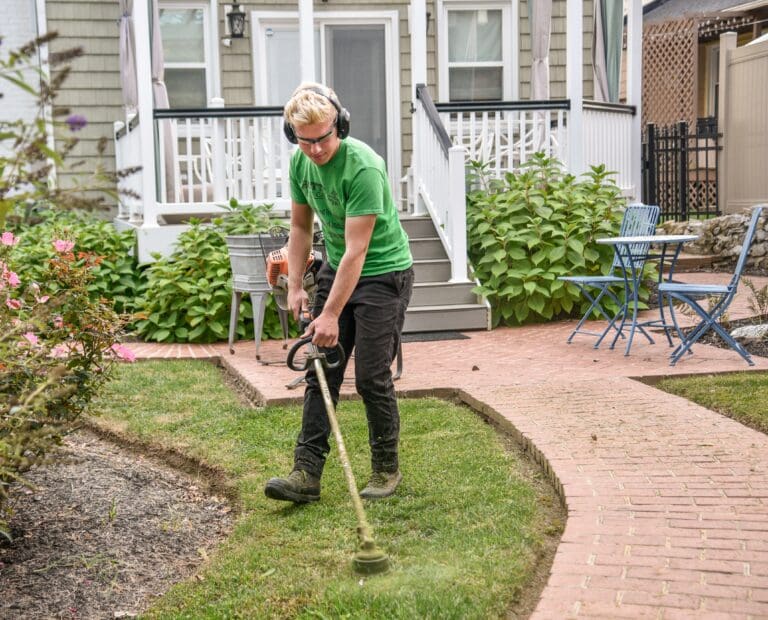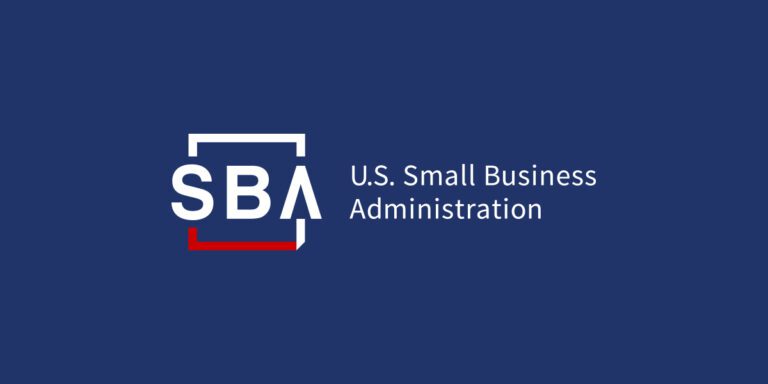As a United States Small Business Administration (SBA) Preferred Lender (PLP), we frequently hear this question: “The SBA 504 loan is better than the 7(a) loan for owner-occupied commercial real estate, right?”
One of the things we love most about our job is the opportunity to provide our referral sources and borrowers information to challenge what they’ve heard or been told ultimately, to give them what they need to make the right choices to achieve their goals.
The SBA 504 loan could very well be the right option for your client – depending on the circumstances. The debate can only be truly settled by understanding a client’s specific needs – then we can offer comparison to other potential solutions like the SBA 7(a) program, that will help you steer them in the right direction and cement your role as a trusted advisor.
Owner occupied commercial real estate (CRE)
To make sure we are headed down the right path, let’s start by clarifying the meaning of “owner-occupied commercial real estate (CRE), the first hurdle for CRE lending under both the SBA 7(a) and SBA 504 programs.
Owner-occupied CRE generally, is real estate where the borrower occupies/uses more than half (>51%) of the total square footage for the operation of its business. Because use/occupancy may not be firmly established at the time a property is acquired or built, the SBA regulations go on to provide that the owner/occupancy requirements may be met following loan funding, within time periods that vary based on the specific nature and circumstances of the project.
It is worth noting that there are a number of other types of CRE beyond retail, manufacturing, industrial, warehouse and professional offices that might not sound “owner occupied,” but under certain circumstances, are also fully eligible under SBA regulations. Those include, but are not limited to: office condominiums, hotels, healthcare facilities, gas station/c-stores, fitness facilities, childcare, car dealerships, auto repair, car washes, self-storage, parking garages, special use and multi-use properties.
Now that we’ve identified the CRE to be “owner occupied” and eligible for SBA financing (subject to other eligibility criteria for the operating business), let’s explore some key factors of the loan options available — from application to closing timelines to associated referral fees.
The 504 loan: for commercial real estate/fixed assets
The SBA 504 loan is intended for the financing of fixed assets and is specifically limited to that purpose. Some examples of fixed assets that a small business owner might want to finance are:
- Land or building acquisition
- Refinance of an existing loan secured by eligible CRE
- Construction, renovation, or refurbishment
- Leasehold acquisition/improvement
- Equipment, machinery, and other long-term, tangible items.
Read all about SBA 504 loan requirements
The SBA 504 loan offers some very distinct benefits that make this loan an attractive option under the right circumstances, including:
- Lower interest rate – For a borrower solely interested in the cheapest blended interest rate, the SBA 504 loan usually offers the best choice.
- Potentially larger loan amounts – Subject to SBA approval, the Senior lender in an SBA 504 transaction may advance additional funds to enable financing of more than the general $5 million limit of SBA 7(a) loans
- Fixed Rates– The SBA 504 loan offers fixed rates while the SBA 7(a) program predominately offers variable rate loans (fixed rates are available, but less competitive)
So, does it make sense that the SBA 504 loan is top-of-mind for an owner-occupied CRE loan? Absolutely. But the SBA 504 loan is not the only loan, nor is it necessarily even the superior loan, for your client’s commercial real estate needs. Your client’s priorities will ultimately determine which program better suits their needs.
504 vs 7(a): drawbacks and benefits
Despite these obvious benefits, the SBA 504 loan also comes with some baggage that the SBA 7(a) loan program does not have. Here are just a few of the key SBA 504 issues that might drive you to consider the SBA 7(a) program as a potential alternative for your client:
- A materially longer loan process – One thing you might not immediately think of when it comes to comparing these loan options is the time it takes to closes these loans. But especially where there is a buyer and seller, and transaction speed and contact dates are crucial, timely closings are of utmost importance to you and your clients.
- SBA 504: Because the SBA 504 loan requires full underwriting and approval by both the senior lender AND the SBA CDC providing the junior portion of the loan, and because the debenture funding process of the junior portion of the loan is cumbersome, it is not uncommon for SBA 504 loans to take months longer to close than SBA 7(a) loans. This delay and uncertainty is frequently a significant issue.
- SBA 7(a): Especially in the hands of an SBA Preferred Lender, which has earned the privilege of not being required to seek SBA approval on loans it underwrites and closes, the closing process is almost always significantly faster and smoother.
- SBA 504: Because the SBA 504 loan requires full underwriting and approval by both the senior lender AND the SBA CDC providing the junior portion of the loan, and because the debenture funding process of the junior portion of the loan is cumbersome, it is not uncommon for SBA 504 loans to take months longer to close than SBA 7(a) loans. This delay and uncertainty is frequently a significant issue.
- Strictly limited use of funds – When a business seeks financing for CRE, it may very well have the need for additional funds to solve other related business purposes.
- SBA 504: The SBA 504 loan cannot be used for any purpose other than the financing of fixed assets. Things like partner buyouts, working capital, etc. that frequently are important to a borrower are not able to be included in a SBA 504 facility.
- SBA 7(a): The 7(a) loan is designed to be more flexible in its usage. In an SBA 7(a) loan, these other uses can usually be included with the CRE needs into a single loan facility – with the potential of a very favorable 25-year term on the full amount of the loan, provided that the majority of loan proceeds are being used for the CRE purposes.
- SBA 504: The SBA 504 loan cannot be used for any purpose other than the financing of fixed assets. Things like partner buyouts, working capital, etc. that frequently are important to a borrower are not able to be included in a SBA 504 facility.
- Potentially higher borrower equity injection: Removing the need to take additional cash from the business or the business owner’s personal funds leaves the business with additional post-closing liquidity for other business needs or financial emergencies.
- SBA 504: The proscribed structure of a 504 loan requires a borrower to inject 10% of the total project cost.
- SBA 7(a): The SBA 7(a) program allows for up to 100% financing under the right circumstances.
Read all about SBA 7(a) loan requirements
Referral fees and rates for lending consultants
SBA loans contribute to the lifeblood of our country’s economy. Lending consultants play an invaluable role in helping small business owners understand the financing options available to them and in locating a lender that is the best match to meet that business owner’s specific needs. For that important function, lending consultants are paid a referral fee that may differ from loan product to loan product and from lender to lender.
In the case of the SBA 7(a)( )loan, referral fees paid by the lender are generally represented as a percentage of the total loan amount.
In the case of the SBA 504 loan, referral fees referral fees paid by the lender are generally represented as a percentage of only the portion of the loan financed by the senior lender (50% of the entire loan balance).
In addition, because the economics of a SBA 504 loan are generally less lucrative for the Senior Lender than the economics of an SBA 7(a) loan, the percentage of that 50% on which that fee is calculated is generally lower than the percentage applied on the SBA 7(a) loan.
Meet SBA Preferred Lender, Ready Capital
Ready Capital (ReadyCap Lending LLC) is an SBA Preferred Lender and one of the op 10 lenders in the U.S. in the SBA’s small business lending program in 2022. Our lending experts across the country know about the many uses and nuances of SBA loans because we earned our way onto this “Best Of” list, one deal and one satisfied business owner at a time. And as a national non-bank lender, we have had the pleasure of meeting some of the more unique, challenging needs of small and mid-sized businesses in all 50 states – even ones that other SBA lenders were unable to solve. Whether you are a broker, financial advisor, or consultant to small businesses, we would love to hear from you to tell you more about our program and our process and see where we might specifically help you help your customers.
Learn more about our small business loan program
And if you’re ready to discuss a specific borrowing need or would like a quote, just fill out our short financing questionnaire, and a seasoned member of our lending team will promptly reach out to you for a no-obligations introduction call to get the ball rolling.





